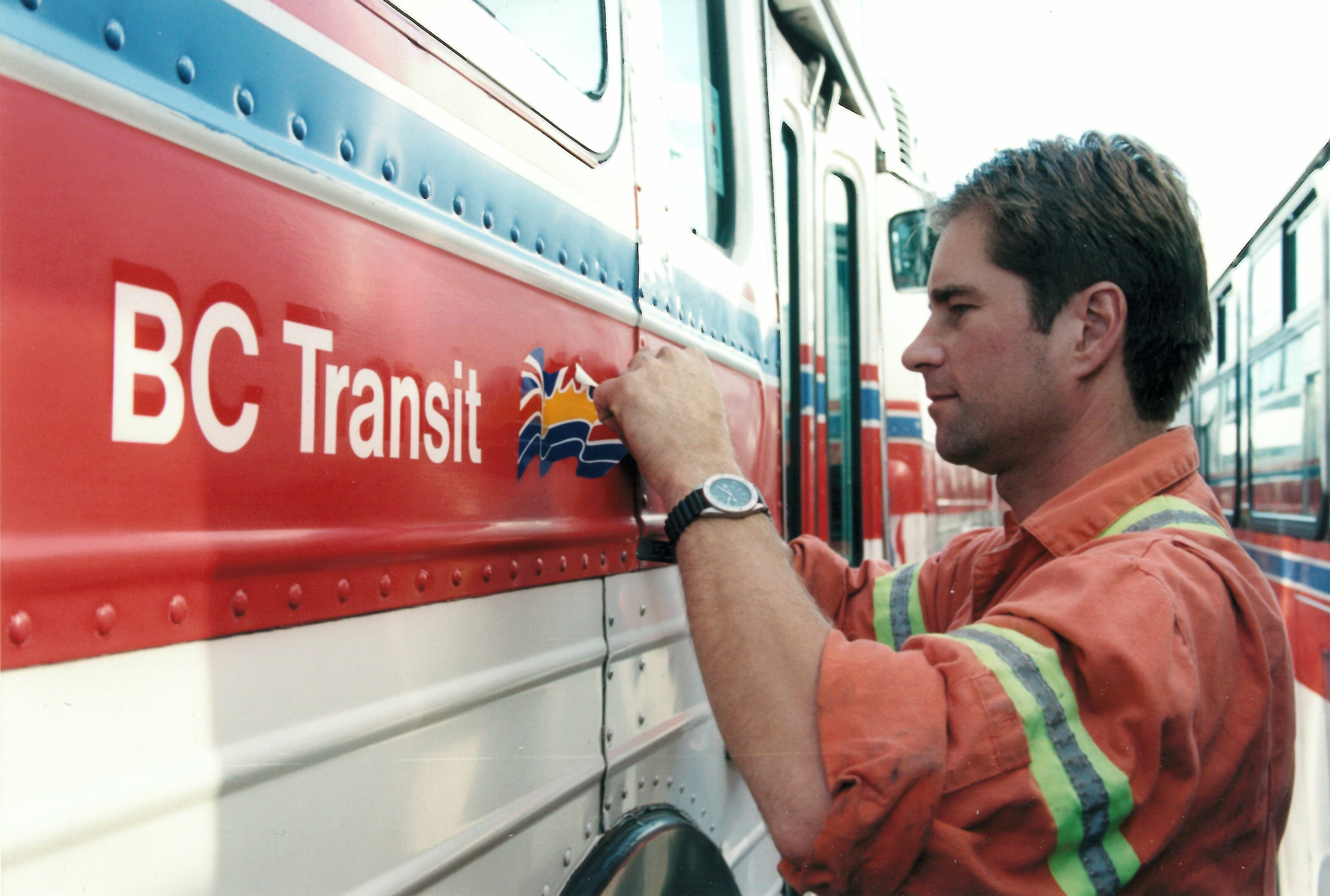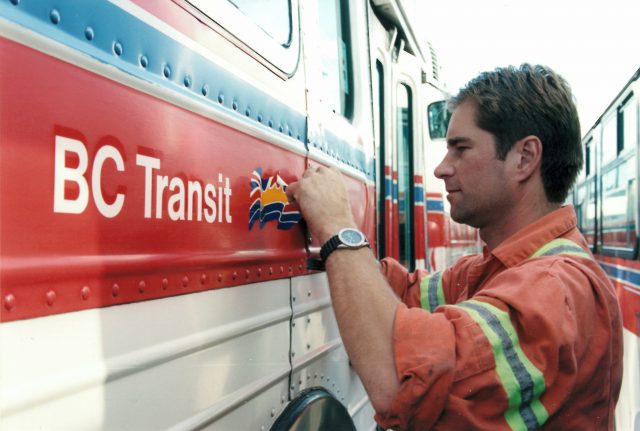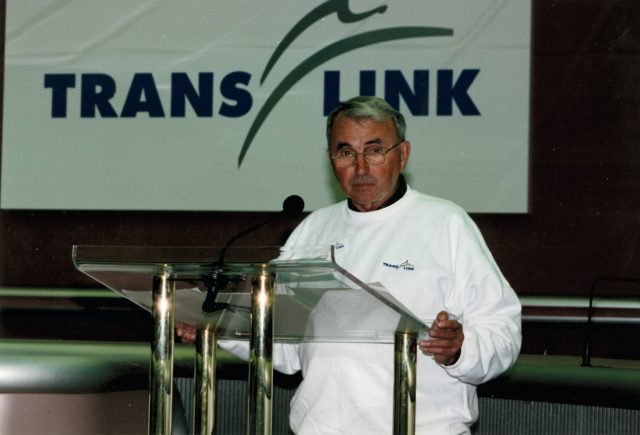The names of Metro Vancouver transit through the years
The names of Metro Vancouver transit through the years


Nearly 130 years ago, on June 25, 1890, transit burst onto the scene in Metro Vancouver with the interurban streetcar.
Over the years, myriad companies – both private and public – have operated transit in the region.
Between 1890 and 1962, transit was operated privately; first by Vancouver Electric Railway and Light Company, and later BC Electric Railway Company (BCER).
The BCER was sold to the provincial government and BC Hydro took over transit. Later came the Metro Transit Operating Company and BC Transit.
Finally, in April 1999, the Greater Vancouver Transportation Authority began operation with a strong vision: to remain a unique, made-in-B.C. solution, unmatched by any transportation authority in the world. Our mandate expanded to include roads.
From the get-go, it was clear we weren’t going to be using our legal name or the GVTA acronym as our day-to-day name.
“I felt that was much too bureaucratic,” said Jan Pezarro in The Road Less Travelled: TransLink’s Improbable Journey from 1999 to 2008. She was TransLink’s vice-president of customer service and marketing in 1999.
“We were looking for a name that clearly said ‘more than’ a given operating entity. So the idea came for TransLink, which is transportation and transit, and linking all those aspects across the Lower Mainland.”
Our Names Through the Years
1890 – Vancouver Electric Railway and Light Company
1897 – BC Electric Railway Company
1962 – BC Hydro and Power Authority, later BC Hydro Transportation
1973 – Bureau of Transit Services
1978 – Urban Transit Authority
1982 – BC Transit
1999 – TransLink
When it came to the logo, Pezarro wanted it to reflect a human focus.
“If the philosophy was that this would be a customer-centered entity, we wanted a reminder about what the agency was for,” she said. “And at the heart of that, we wanted to support the quality of life and mobility of the people of the region.
“Whether those people are customers, whether those people are suppliers of services, whether those people are businesses, we wanted to have something that said, ‘Not equipment, not infrastructure, but people.’”







I suggest that, in the spirit of you wanting to *celebrate*, you not include any mention of George Puil, who is widely reviled by anyone who knows anything about transit in Vancouver and had the misfortune to suffer through his transit strike in 2001.
You mean George Phool